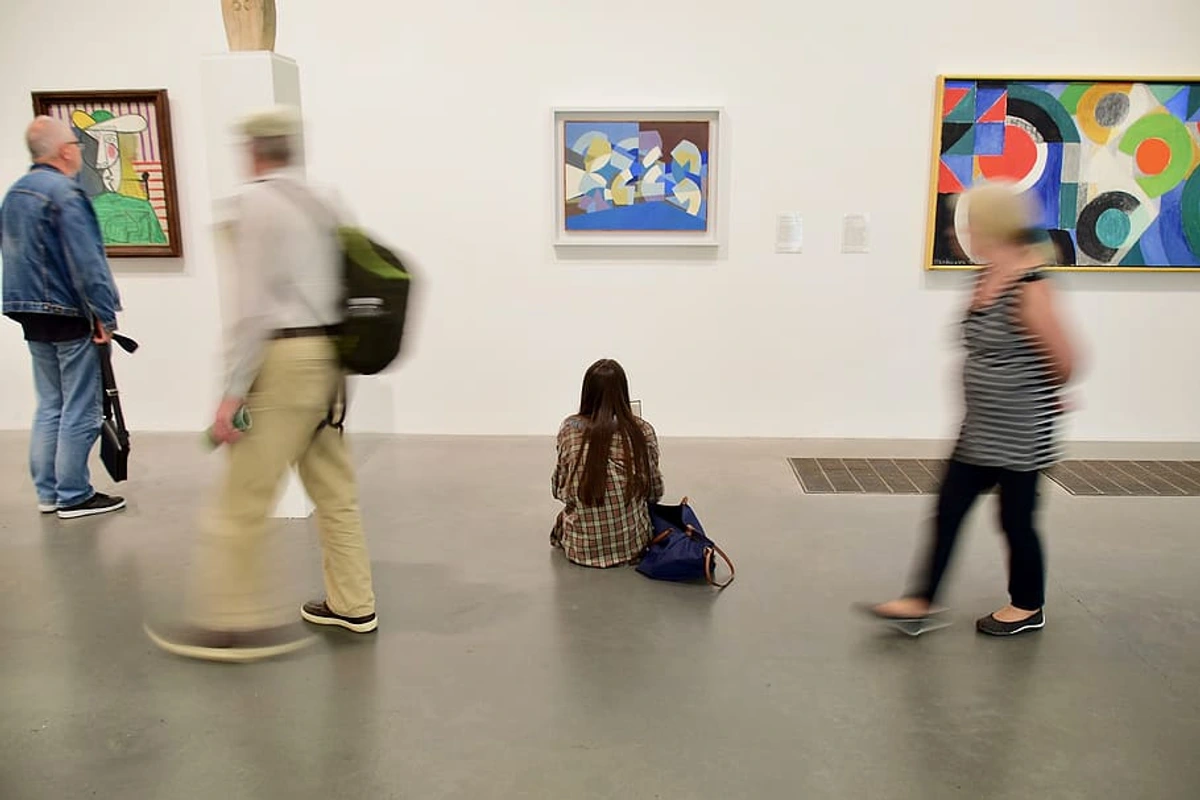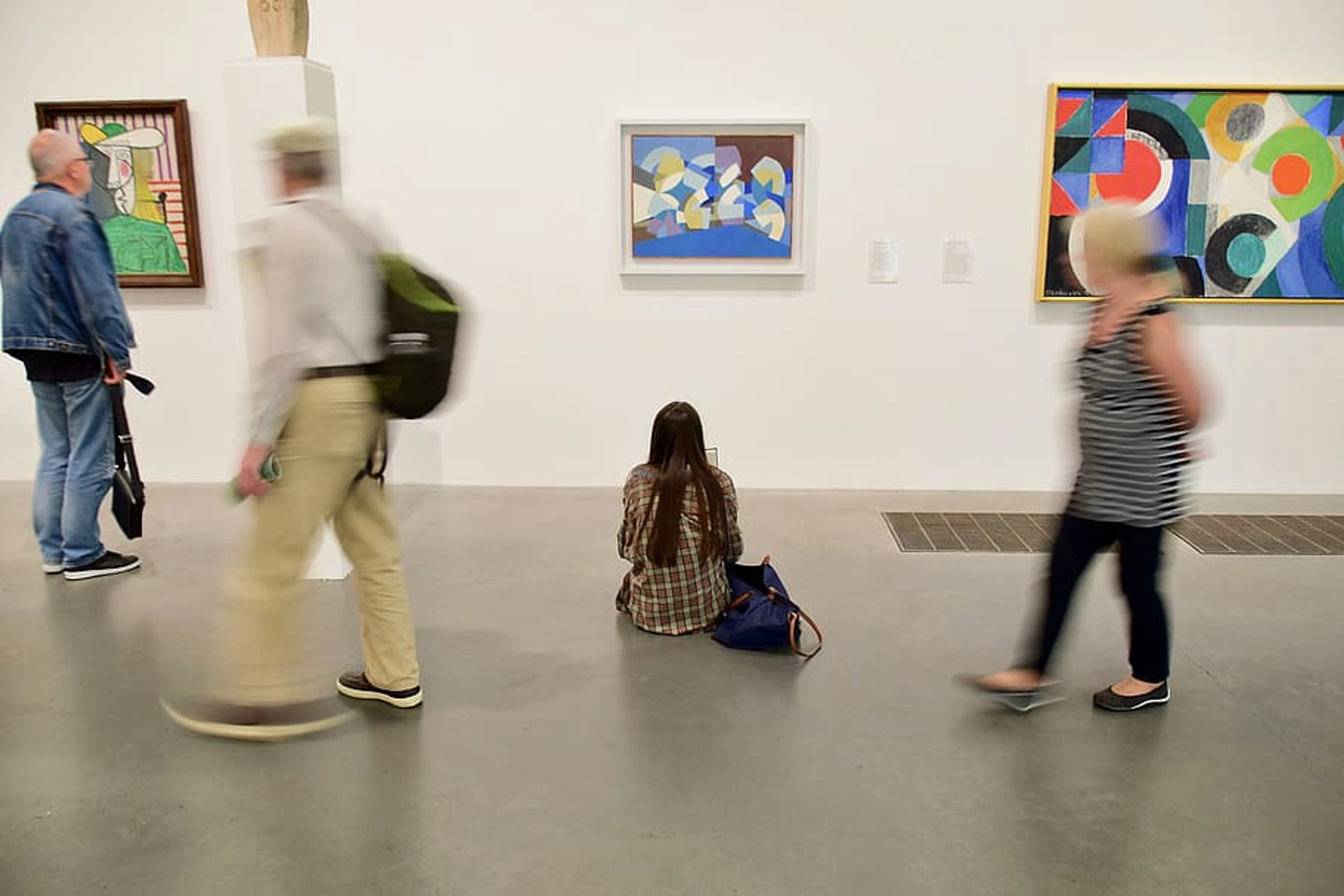
The Digital Curator: AI's Evolving Role in Art, Curation & Discovery
An artist's personal journey into how AI profoundly reshapes art curation and collecting. Explore its impact on galleries, exhibition design, and the future of creative discovery, while navigating ethical dilemmas and celebrating the irreplaceable human touch.
The Digital Curator: My Introspective Journey into AI's Role in Art Curation (and Why It Matters to You)
Let's be honest, the art world can be… a lot. A magnificent, sprawling, endlessly fascinating 'lot,' but overwhelming nonetheless. As an artist, I often find myself lost in the sheer volume of creation, past and present. How does one even begin to navigate the countless canvases, sculptures, digital works, and performances? And as a collector, how do you find that one piece that speaks to your soul amidst the cacophony? It's a question I've wrestled with, probably over a strong cup of coffee and a blank canvas, more times than I can count. I remember once, standing in a vast, echoing museum hall, feeling a delightful overwhelm – so much beauty, so little time to truly connect. It was in this state of glorious confusion that I first encountered the idea of Artificial Intelligence stepping into the curator's studio. Can an algorithm truly get art, or is it just a glorified cataloguer? To me, an AI might 'see' that messy splash as data points of color, texture, and composition, but it can't feel the why. That's the core of my ponderings, and it's why this matters to you: because whether you're an art enthusiast, a seasoned collector, or an aspiring creator, AI is subtly, yet profoundly, reshaping how you discover, experience, and even value art. My initial reaction? A mix of fascination and a healthy dose of 'oh dear, what now?' Let's take a little stroll through this brave new world together, shall we? You might be surprised by what we find.
The Traditional Hand: Curation Before the Algorithms
Before we dive into the digital revolution, let's take a moment to appreciate the centuries-old craft of human curation. For generations, it was the discerning eye of an expert, their encyclopedic knowledge, their personal relationships with artists, and their singular intuition that shaped our understanding of art. Think of Alfred Barr Jr. at MoMA, whose visionary exhibitions defined modern art for decades, or the radical 'Salon des Refusés' that challenged academic norms, showcasing art the establishment rejected. Beyond individual figures, grand movements like the Venice Biennale or the rise of independent curators in the late 20th century further demonstrated the profound impact of human vision in shaping public taste and artistic discourse. These weren't just displays; they were acts of storytelling, defiance, and profound personal conviction. This deeply human, often biased, but undeniably passionate approach defined how art was presented and perceived. It was a beautiful, imperfect system, limited by the constraints of human capacity, but rich in personal connection.

The Augmented Eye: How AI is Reshaping Galleries and Exhibitions
So, how exactly is this digital genie starting to reshape the very spaces where we encounter art? For galleries, the task of art curation is monumental. It's not just about hanging pretty pictures; it's about building a narrative, identifying talent, predicting trends, and connecting with an audience. It’s a job that demands a discerning eye—the ability to spot a unique artistic voice amidst a sea of sameness—a keen intellect, and, let's be frank, a lot of time. And time, as we all know, is a precious, fleeting thing. Just as photography changed how we documented and disseminated art, AI is poised to revolutionize how we discover and present it.
AI, My Super-Powered Research Assistant (Who Never Needs Coffee)
This is where AI swoops in, cape flapping, ready to tackle the data. Imagine an AI sifting through decades of art historical records, exhibition catalogues, and market reports in seconds, utilizing advanced image recognition and natural language processing. It can identify patterns in artistic styles, track the provenance of works, and even flag emerging artists who might otherwise be overlooked by human curators simply due to the sheer volume of new work appearing every day. For a gallery trying to stay ahead, or even just keep its head above water, this kind of analytical power is a game-changer.
To give you a concrete example: imagine an AI analyzing every single brushstroke across thousands of works by a particular artist, identifying subtle shifts in their technique that correlate with historical events or even personal letters. Or it could track the journey of a specific color pigment through art history, noting its prevalence, cost, and symbolic use across cultures. Sure, I might spend hours pondering the subtle nuances of color in an abstract piece, but an AI could tell me its precise market trajectory over the last five years, or how often similar works have appeared in major exhibitions. It’s like having a hyper-efficient research assistant who never gets tired or complains about late-night data dives. This predictive analytics capability is particularly vital in understanding art market trends, offering insights into valuation, demand shifts, and the potential for an artist's long-term growth.
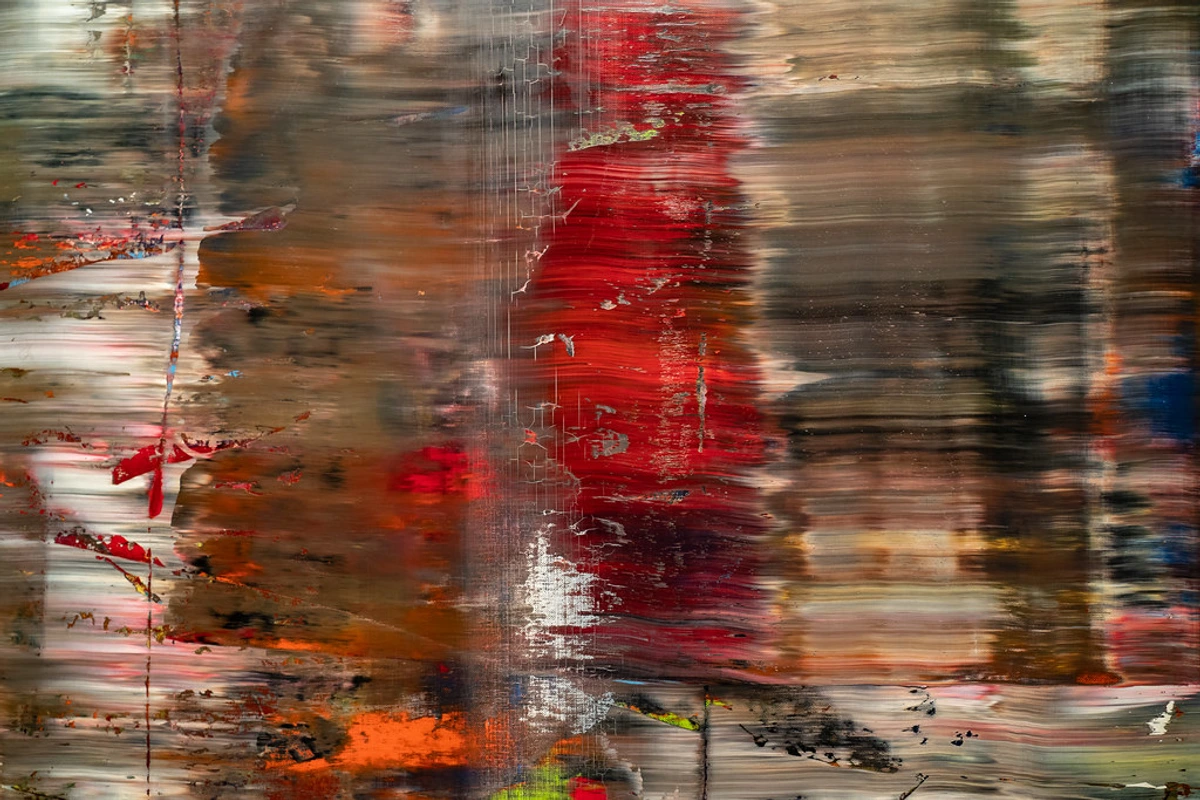
AI for Exhibition Design & Visitor Flow
Beyond just selecting art, AI is also stepping into the realm of how art is presented. Imagine an AI analyzing visitor movement patterns within a gallery, identifying bottlenecks, or suggesting optimal placements for key pieces to maximize engagement. It could even dynamically adjust lighting or soundscapes based on real-time crowd reactions, creating truly immersive and responsive environments. This isn't about replacing human intuition in design, but augmenting it with data-driven insights to craft more impactful and accessible experiences. It could suggest, for instance, that placing a highly reflective sculpture near a window might draw more eyes during certain times of day, or that grouping certain artists together unexpectedly sparks longer viewing times. The possibilities are, well, almost endless, if a bit unsettling to my traditional artist's sensibilities at times.
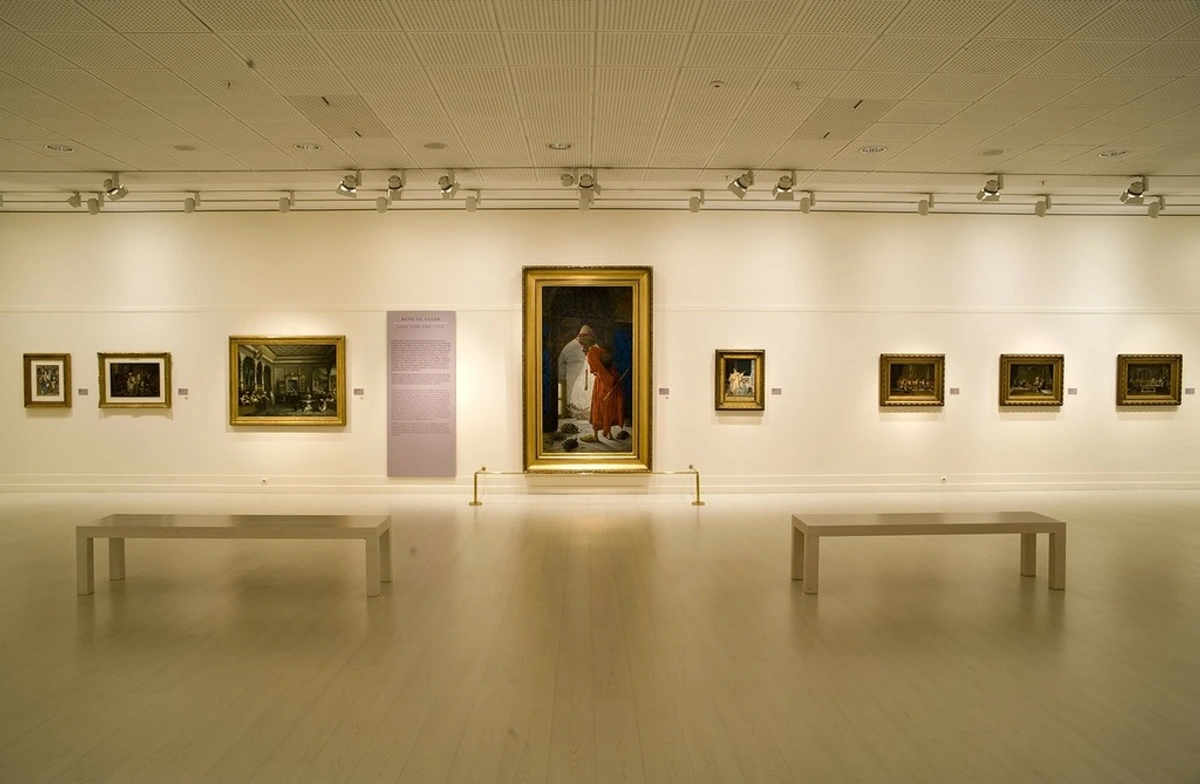
Opening Doors: Making Art Feel Personal (No Velvet Ropes Here)
Beyond the back-end, AI is also enhancing the visitor experience. Think about personalized exhibition recommendations based on your viewing history, or interactive installations that respond to your preferences. It's an attempt to make art more approachable and less intimidating, which, as someone who often felt a bit lost in grand museums as a kid, I can certainly appreciate. It removes some of the 'velvet rope' feel and says, 'Hey, this art might be for you!' Imagine walking into a gallery, and an app suggests pieces that resonate with your emotional palette based on your past engagement. Perhaps it notices your prolonged gaze at a Rothko and then suggests a nearby Mark Bradford (or provides an ultimate guide to Mark Bradford), explaining the shared thematic exploration of layered textures and emotional depth by analyzing their compositional similarities and critical reception. That's a powerful tool for finding your reflection in art. AI can also broaden discovery, by surfacing overlooked regional artists or connecting seemingly disparate artistic traditions that a human might not immediately link. It's like having a guide who knows not just what's popular, but what's truly unique to you.
I remember being utterly lost in a vast museum once, wishing something would just point me towards what might resonate, and that's exactly what AI promises: a personalized guide through the magnificent, sprawling 'lot' that is the art world.
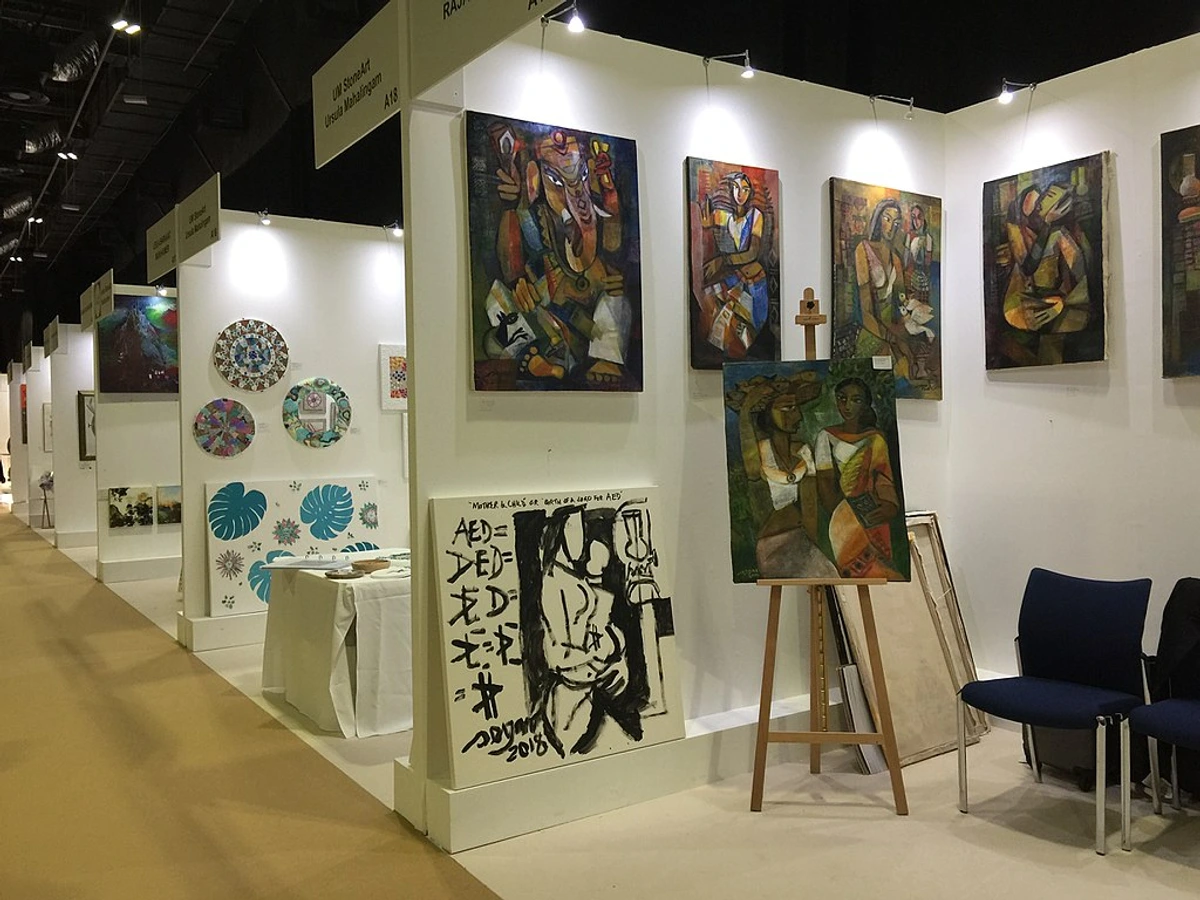
For the Collector: Navigating the New Frontier with a Digital Assistant
Moving from institutions to individuals, what about those of us who actively build a collection? If you're a collector, like many of the wonderful people who choose to buy my art, you know that collecting is an art in itself. It’s a journey of discovery, investment, and often, a touch of obsession. AI promises to make this journey smoother, and perhaps, a little less prone to the occasional collecting mishap (we’ve all been there, haven't we?).
Smart Decisions: My Digital Assistant for Due Diligence
AI can be an invaluable tool for due diligence. It can rapidly verify provenance (the history of ownership), cross-referencing auction records, exhibition catalogs, and archival documents that would take human experts weeks to compile. It can also detect potential forgeries by meticulously analyzing brushwork patterns, pigment composition, and canvas textures against verified databases. Furthermore, AI provides market trend predictions that go beyond mere guesswork, offering specific insights into valuation, demand shifts, and an artist's potential long-term growth by analyzing vast datasets of sales, social media sentiment, and economic indicators. This means you can invest with more confidence, knowing that your digital assistant has crunched numbers far beyond what I could ever manage on a spreadsheet (I once tried to catalog my art supplies in Excel. It did not end well). It's like having a hyper-intelligent art appraiser in your pocket, aiding in understanding art appraisals.
On the topic of collecting mishaps: I once bought a piece online that looked vibrant on screen, only to realize in person it was, well, beige. My fault entirely, assuming the screen was gospel, but a smart AI could have flagged conflicting lighting conditions in photos or artist notes on color accuracy. It's a small thing, but those details matter when you're building a collection.
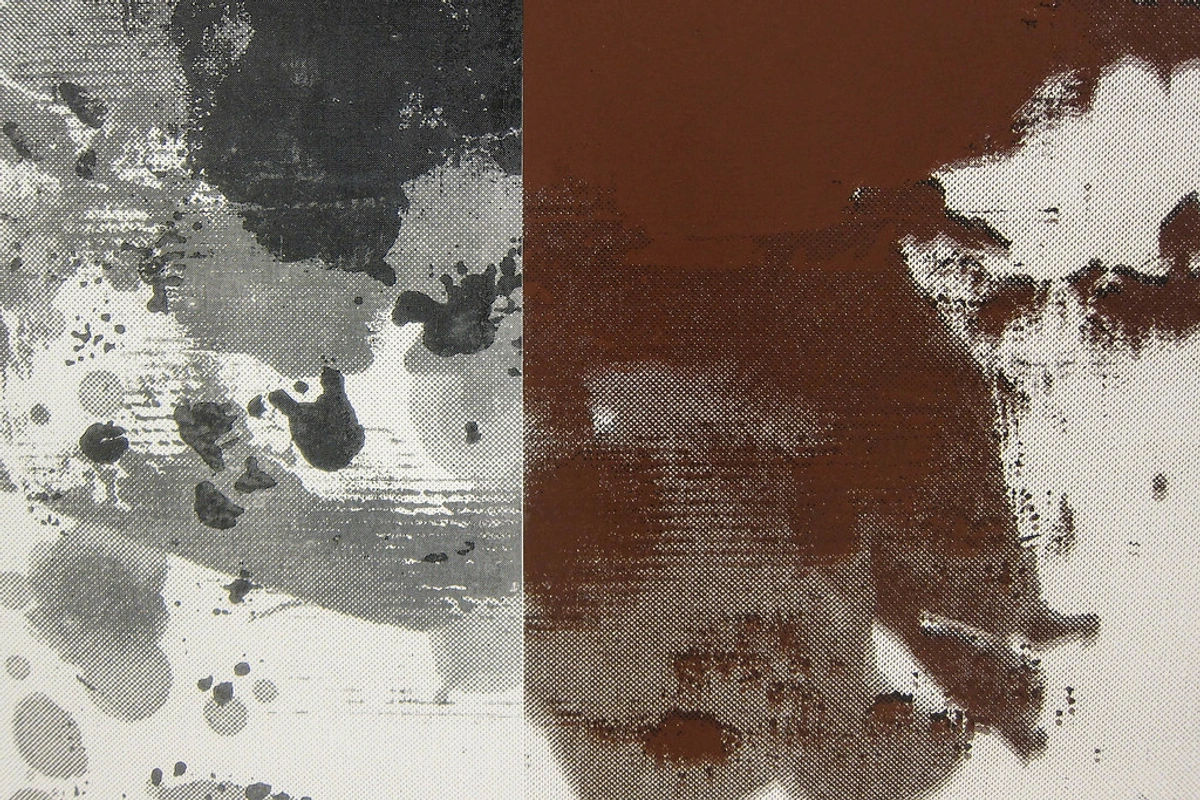
AI for Collection Management & Preservation
Beyond acquisition, AI offers powerful tools for managing your existing collection. Imagine an AI system tracking the environmental conditions of your display space, alerting you to optimal humidity and temperature levels to prevent degradation. It could also monitor the physical condition of each piece, detecting subtle changes in pigment, canvas tension, or structural integrity long before they become visible to the human eye, predicting potential areas of concern and suggesting preventative measures. This proactive approach to preservation ensures the longevity and sustained value of your cherished pieces, transforming the painstaking task of collection upkeep into an intelligent, data-driven process. It’s a quiet guardian for your most treasured possessions.
Unearthing Hidden Gems: The Thrill of AI-Assisted Discovery
Beyond just validating investments, AI can open your eyes to new horizons. It can recommend artists or styles based on your existing collection, helping you diversify or deepen your focus. It's particularly useful in the burgeoning field of generative art – where algorithms create artworks – and digital abstract art, where the sheer volume of new work can be daunting. AI excels at sifting through this digital deluge, identifying patterns, emerging talents, and even variations within algorithmic art that might appeal to your specific taste. Think of it as having an incredibly well-read, slightly nerdy friend who always knows what you'll like next, even before you do. For those keen on collecting abstract art, AI can be a powerful ally, helping to uncover hidden gems or even forecast the next big trend.
The Human Heart vs. The Algorithm: My Secret Fears & The Enduring Magic
Here’s where my inner Luddite (or maybe just my inner romantic) pipes up. Can an AI truly understand why a particular brushstroke evokes a sense of melancholy, or why an unexpected juxtaposition of colors creates a spark of joy? I remember seeing a piece once that, on paper, shouldn't have worked – odd composition, clashing colors. But in person, it just… did. It hit me with an emotional resonance that no data point could predict. Think of the raw, unbridled emotion in an Abstract Expressionist piece, or the subtle, fleeting light captured by an Impressionist. These aren't just data points; they're echoes of the human spirit. That's the magic of human curation, isn't it? The gut feeling, the intuition, the subtle narrative threads only a human can weave. While AI can certainly aid in understanding the AI art market, the 'why' – the soulful connection – still feels distinctly human. Whilst AI handles the logistical mountains, freeing up human minds to do what they do best. This isn't to say AI is inherently bad. Quite the opposite. I see AI not as a replacement for the human curator or collector, but as an augmentation. It can handle the immense data, identify trends, and streamline discovery, freeing up human minds to do what they do best: interpret, empathize, and find the inexplicable beauty. It's about letting AI handle the logistical mountains so we, as humans, can focus on the emotional valleys and peaks of art. For me, this means more time to focus on my creative flow and the very human act of creation, rather than getting bogged down in administrative tasks. It’s like having a supremely knowledgeable co-pilot, letting you focus on the breathtaking views while they navigate the complexities of the flight plan.
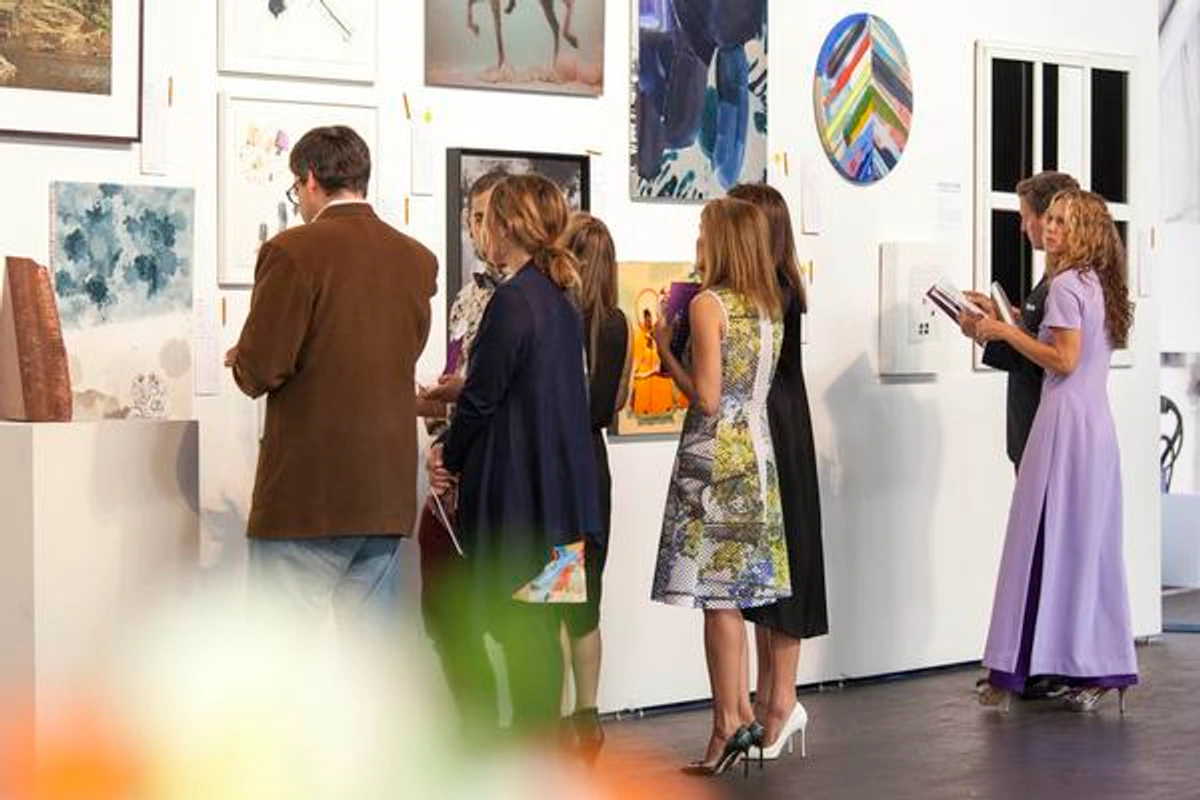
The Ethical Minefield: Navigating Authenticity and Bias
Ah, ethics. Always a fun topic, especially when algorithms are involved. What are the unseen costs of this digital assistance? There are legitimate concerns about data bias. If an AI is trained predominantly on historically male-dominated art, will it inadvertently undervalue female artists? This isn't a hypothetical fear; it's a known challenge in AI development. Imagine an AI, fed a diet of mostly European Renaissance masters, struggling to 'understand' or appropriately value contemporary African art or indigenous Australian dot painting. Its 'taste' would be inherently skewed, perpetuating historical biases rather than breaking them down. This bias could lead to:
- Skewed Recommendations: AI systems might prioritize artists or styles that align with their training data, inadvertently marginalizing diverse cultural expressions or emerging movements.
- Undervaluation of Diverse Art: Works from underrepresented artists or regions could consistently be ranked lower, affecting market perception and collector interest.
- Reinforcement of Historical Inequalities: Instead of democratizing art, AI could inadvertently entrench existing power structures and narratives within the art world.
Mitigating such biases requires diverse and representative training datasets, transparent algorithmic design, and continuous human oversight to challenge and refine AI's 'understanding' of art. This is a complex, ongoing conversation.
Then there's the ever-present question of authenticity. Is a piece of art still 'authentic' if an AI determines its curatorial context, or even its perceived value, based purely on data points? This brings up the intriguing (and legally dizzying) question: when does an AI transition from being a sophisticated brush or chisel in the artist's hand to a co-creator, or even the sole author? The legal implications around intellectual property for AI-generated works are still being fiercely debated. What about art where an AI has been a collaborative tool with the artist? The lines blur, challenging our traditional notions of originality and artistic intent. As an artist, I often wonder how my own creative flow might be perceived or categorized by an AI, stripped of the human experience that fuels it. And let’s not forget the thorny issue of copyright issues with AI art – who owns the output when an algorithm is involved, especially if it's learned from vast datasets of existing, copyrighted works?
Finally, the silent elephant in the room: data privacy. As AI systems personalize recommendations, they collect vast amounts of user data – viewing habits, preferences, even emotional responses. Ensuring this data is handled responsibly, ethically, and securely is paramount to maintaining trust in these evolving technologies within the intimate world of art appreciation.

The Digital Eye and My Artistic Journey: A Forward Glance
So, where does this leave us, the art enthusiasts, the creators, the collectors? I believe AI in art curation is not just a tool; it's a mirror. It reflects our biases, highlights our blind spots, and ultimately, pushes us to define what we truly value in art. It prompts us to articulate the 'why' behind our choices, refining our human intuition rather than replacing it.
For me, as an artist, it's a fascinating development. While my abstract art is born from intuition and raw emotion, I can see how AI might help future artists find their audience, or help art lovers discover a piece that resonates deeply. It might even help people discover their local cultural gems, like the museums in 's-Hertogenbosch that shaped some of my early artistic inspirations. Those museums, with their carefully curated collections and thoughtful presentations, taught me the power of narrative in art—a power that AI, for all its data, is still learning to truly wield, or at least, to augment.
Ultimately, the digital eye offers us a chance to see art – and ourselves – in new ways. It’s a complex, evolving landscape, but one brimming with potential. Consider these future possibilities:
- Immersive AI-Guided Tours: Imagine walking through a virtual gallery that adapts to your mood or suggests alternative routes based on your real-time emotional responses to art, using biometric feedback.
- AI for Conservation & Restoration: Predictive models could anticipate specific types of degradation in artworks (e.g., fading pigments, structural weakening in sculptures), and AI-powered simulations could allow conservators to 'virtually' test restoration methods before touching a priceless piece, minimizing risk.
- Anticipating Cultural Shifts & Art Education: AI could analyze global cultural data, social media trends, and academic discourse to suggest nascent art forms or thematic movements that haven't even been fully conceived yet, offering artists new avenues for expression and collectors new frontiers for discovery. It could also power interactive learning platforms, making art history accessible and engaging for students worldwide.
- Understanding Emotional Impact: AI could help artists understand how different audiences perceive and react to their work, providing insights into the emotional 'language' of their creations without dictating creative choices. Perhaps it could highlight how a particular color choice consistently evokes calm in one demographic, and excitement in another. And for me, as an artist, reflecting on how an AI might categorize or interpret the complex, intuitive choices in my own artistic timeline is a thought both intriguing and a little humbling.
And while I'll always trust my gut when it comes to the messy splash of paint, I'm certainly keeping an eye on that mischievous digital genie. Who knows what wonders it might uncover, or what new questions it will provoke, as my own artistic journey continues to unfold. How do you see AI shaping your own art journey?
